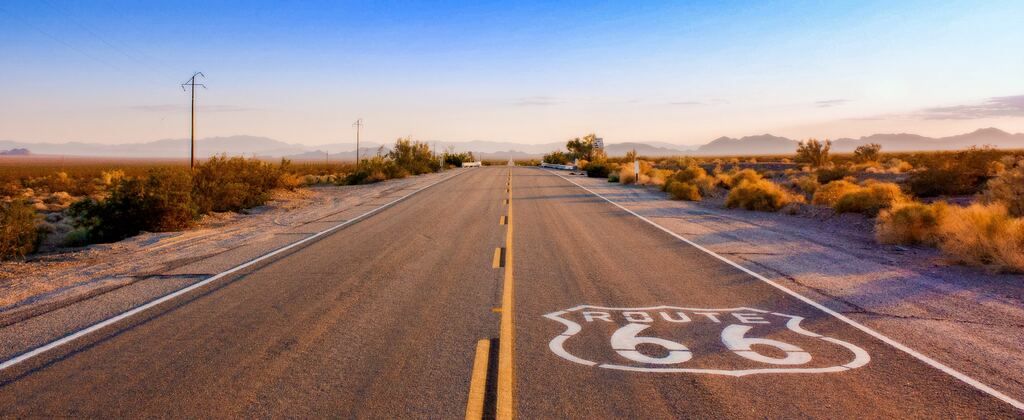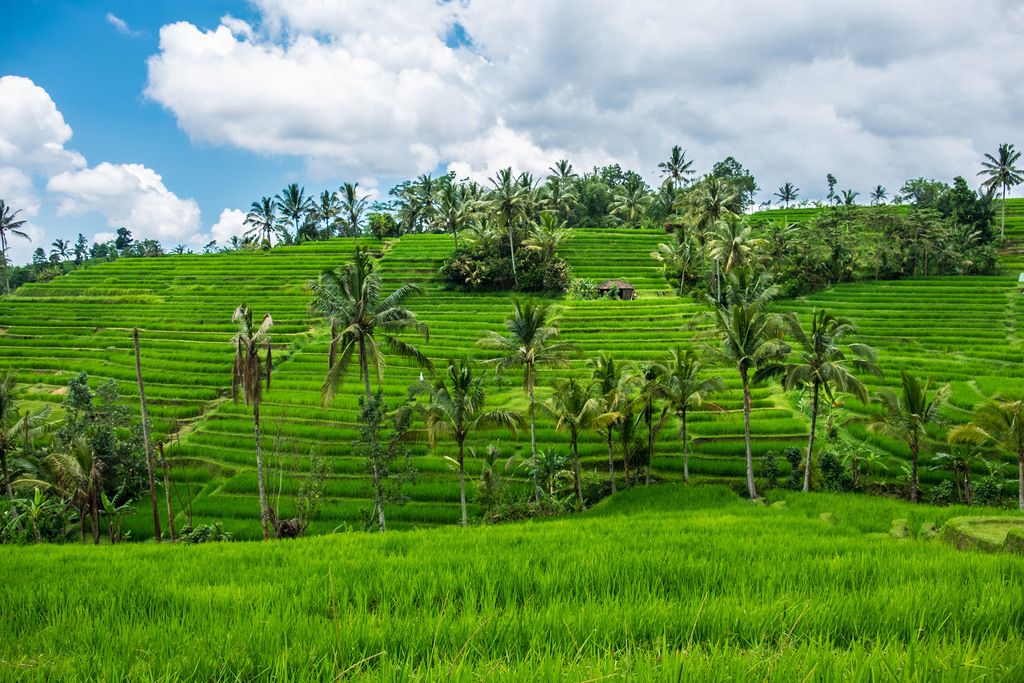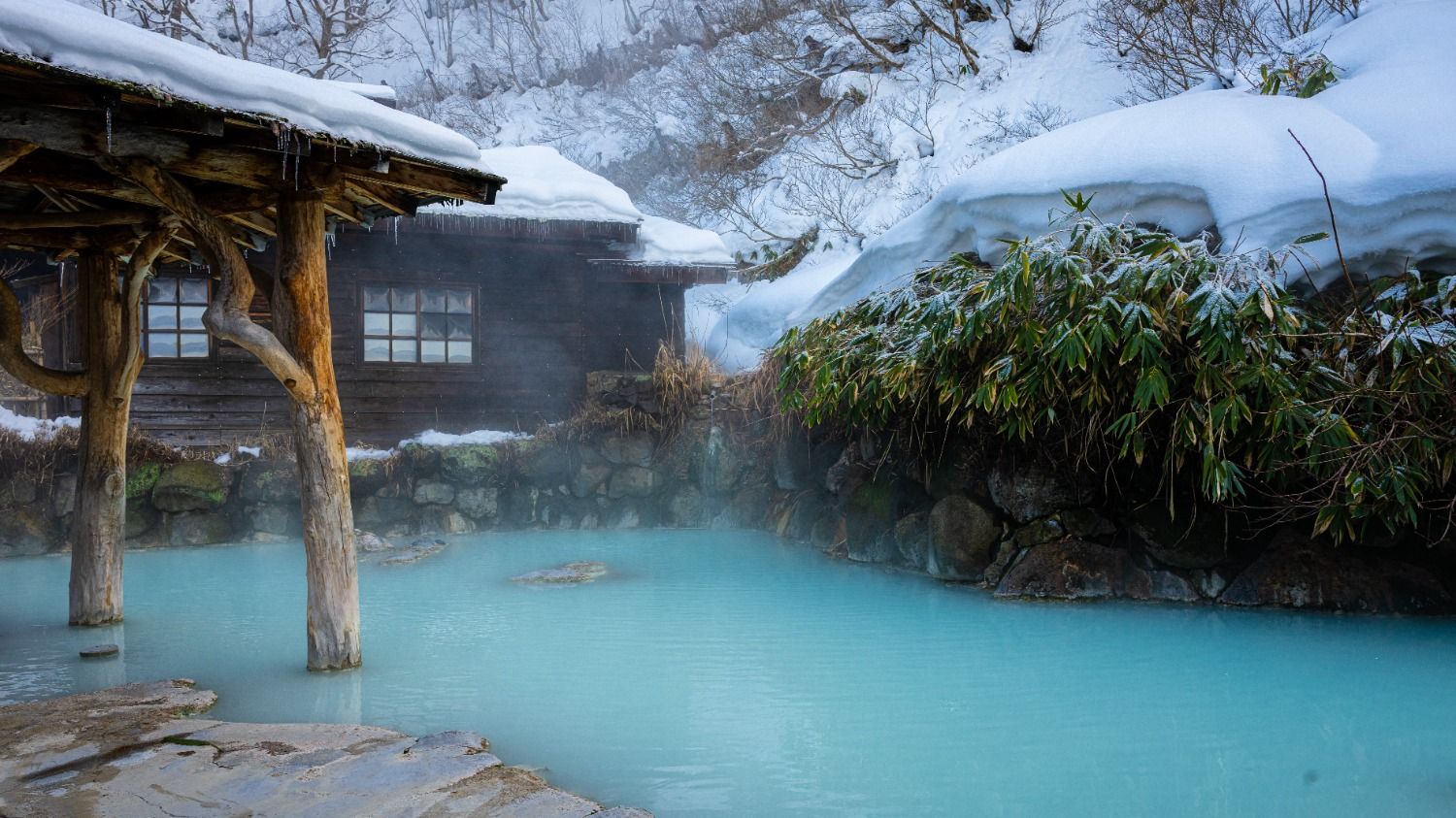

Rustic hot spring water, winding thermal waters, and millennium-old Japanese customs—nothing epitomizes the Land of the Rising Sun quite like the onsen.
This long-held custom is slowly introducing its uniqueness and exceptional tradition to the rest of the world. It is a place for bathing, but it is not just a relaxation site.
This guide will walk you through the charm of Japanese natural hot springs, what to do and what not to, and how to get there for the most exceptional experience. From outdoor tubs shrouded in snow to hidden ryokan in old settlements, you will ensure your itinerary is never complete without an onsen encounter.
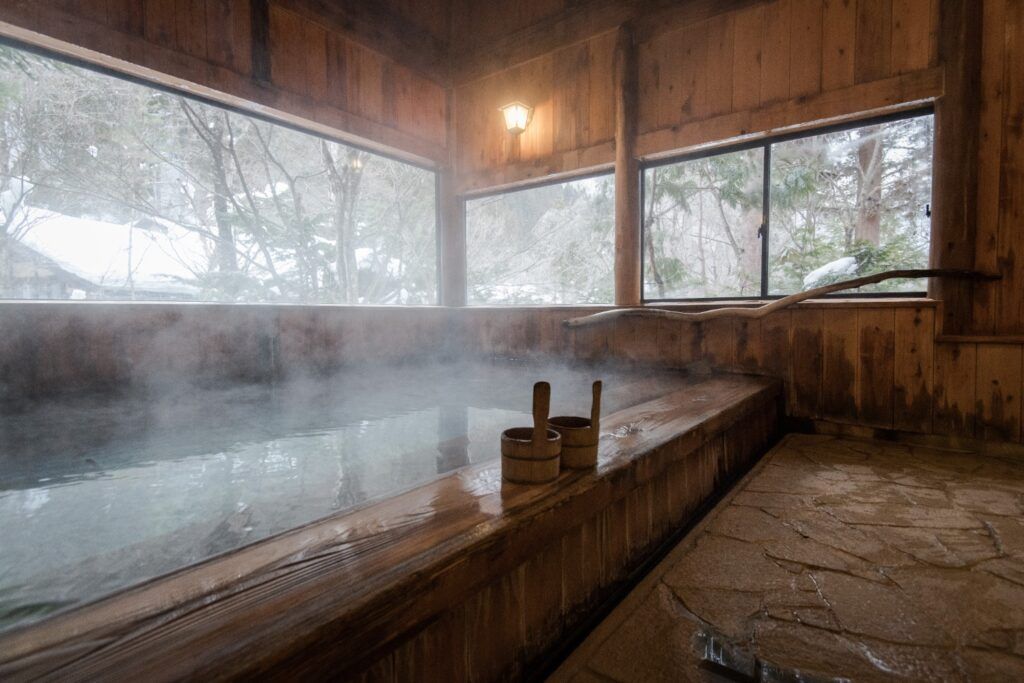
What is an Onsen? Unveiling the secrets of Japanese Hot Springs
An onsen is a natural bath where water is heated geothermally and is infused with minerals. It differs from a sento, a public bathhouse using regular hot water. The natural bath is awarded peculiar water healing power through its chemical qualities. Some water is said to have specific properties: Sulfur helps soothe irritated skin; iron revitalizes blood circulation.
But onsen culture is much more than just health and wellness. It serves as a reflective getaway, provides a nature-dependent ambiance, and is a sanctuary for tired souls at the end of a long day. Many locals prefer to visit the hot spring during nighttime when tranquillity prevails. Another known ritual is to drink a chilled glass of milk after submersion, a small effort for a quintessential experience.
When you are ready to step in, the next question is about when. The dwelling is largely contingent on four distinct seasons, and knowing the best time to visit Japan will only elevate your overall encounter.
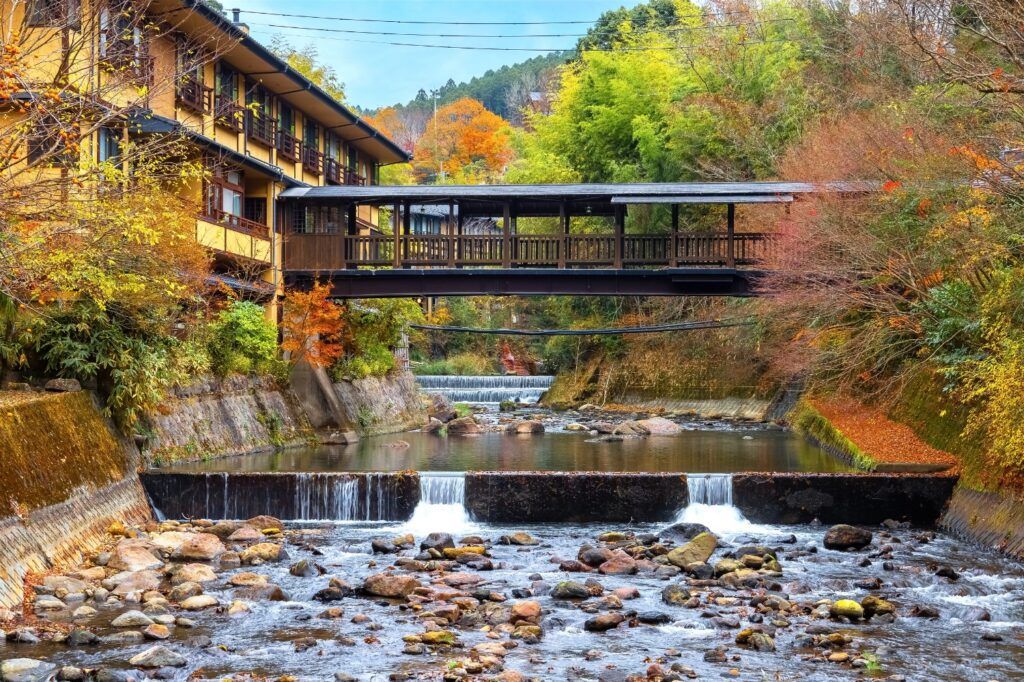
Onsen etiquette and rules: a guide to a respectful soak
Japan’s onsen culture is an ancient practice of relaxation, health, and community building. For many visitors, the idea of stepping naked into a hot pool with complete strangers can be nerve-wracking. By understanding the etiquette, however, your experience will be relaxed and enjoyable. It’s essential to always respect the facility and other bathers. Observing protocol is a way to demonstrate respect to yourself and others while following a centuries-old tradition.
Before stepping foot in the Onsen: there’s a body to be cleaned!
There is one vital, literal rule to follow. The water is natural and rich in minerals. It is also shared and recycled by all visitors. Therefore, it is essential that anyone hoping to take a soak first cleans their whole body.
- Scrub-a-dub-dub: It is mandatory to use the provided shower facilities before entering any pool. This includes washing and scrubbing every part of your body.
- Using the Tools Provided: Any onsen should provide small stools, a shower head, soap, and shampoo. Take your time, making sure to get clean.
- No Cutting Corners: This is one rule you must never break. Skipping the shower is not only disruptive, but also unhygienic for others.
What to wear (or rather, NOT to wear): a splash of nudity
You may find the rule against bathing suits shocking. Most traditional hot springs do not allow swimwear.
- Nothing but Skin: Onsen culture considers wearing a swimsuit unhygienic. This also detracts from the experience. The tradition originated from feeling closer to nature. Spandex makes it difficult for your muscles to relax.
- To Wear a Small Towel: You may bring your small towel with you at a traditional bath. You use this to cover your private parts when moving between facilities. You must not dip the towel into the bath. Many people, however, rest it on their heads.
- Dry Off Quickly: Many people also bring their small towel to dry off quickly. They do this when they get out of the pool.
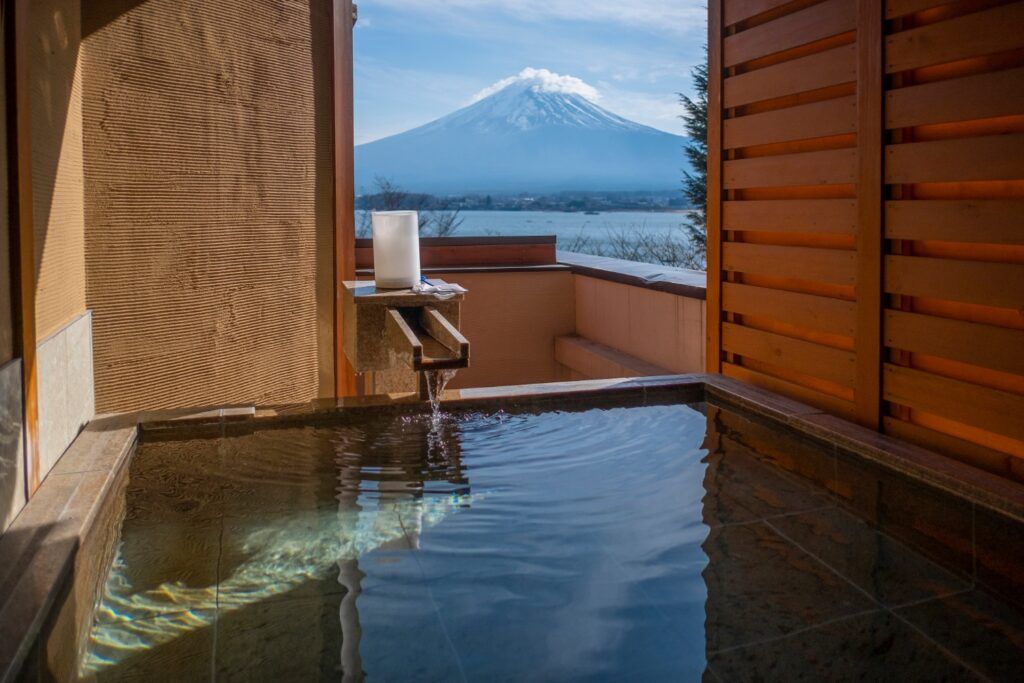
How to handle being “marked up”: tattoos and the Onsen experience
Historically, people with large or numerous tattoos were – and often still are – considered Yakuza (Japanese mob) and banned from public establishments of any sort. This is strictly an old habit, as the Yakuza themselves do not care about this and are banned in all facilities. Luckily, Japan is getting more progressive when it comes to social acceptance.
- Before You Go: First, check their policy on tattoos. Many places no longer care about them.
- Try to Be Discreet: If they do have a policy, try to be discreet. Use a bandage or the small towel to cover the tattoo when moving.
Your behavior once you cross the great threshold
Here is a rule of thumb to keep in mind: the more difficult it is for you to do something, the more important that thing likely is in this culture.
- No Loud Talking: It’s okay to converse, but keep it to a minimum. Others are looking to relax in tranquility.
- No Splashing, No Swimming: It’s not a pool; it’s a spa for soaking and relaxation only. Please move slowly and calmly.
- Don’t Let Your Hair Touch Water: Water becomes dirty and makes others feel uncomfortable. Keep your hair away with a cap or bun.
- Take It Easy: There’s no rush. The point is to relax, open your pores, soften your skin, unwind, and meditate.
What to do after you’re done
When you’re finished soaking, observe a few common-sense practices to keep things organized and clean:
- To Rinse, Or Not to Rinse: Some people like to rinse off after popping out of the water. This is to get all the mineral stuff off their person. Do not use soap now—you are post-onsen.
- Dry Off Before Downstairs: Use your small towel to get the majority of the moisture off. Dry off before you head back to your changing room.
- Clear Your Space: Return your basket, stool, and towels for the next person to use.
Japan’s hot spring culture is as interesting and diverse as the country itself, offering travellers a variety of options to meet the needs of everyone. With an array of open-air baths set against stunning natural backdrops, visitors have long been in love with the distinct appeal of rotenburo. In contrast, secluded and private baths offer a peaceful atmosphere for those wishing for a more intimate and personal experience. Whether you’re after indoor tranquillity or outdoor splendour, discover the best type of bath to suit you.
Types of Onsen to explore: from Rotenburo to Private Baths
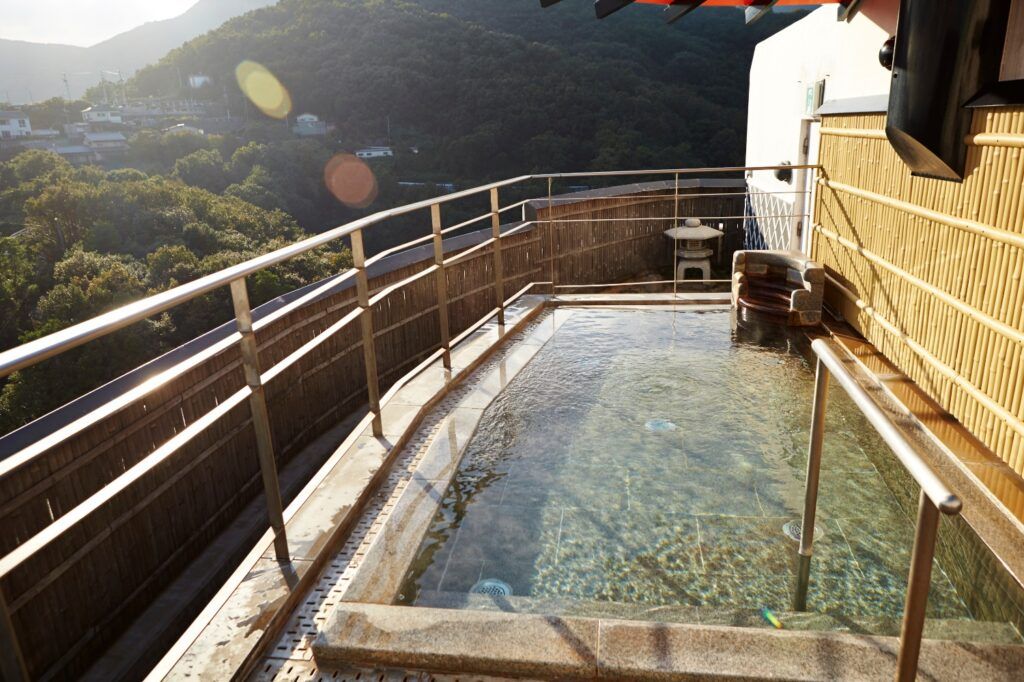
Rotenburo – Open-Air Onsen
Of all types of hot springs, few can rival rotenburo for their beauty and impression.
- Surrounded by Nature: They typically construct the open-air baths to take advantage of the natural spa experience. You will often find rotenburo set in mountain areas, forestsides, and alongside rivers.
- A Spiritual Experience: For many, the rotenburo experience moves beyond the physical. Breathing in the fresh mountain air ignites all of the senses. Visitors often describe a sense of balance while enjoying a hot natural soak.
- A Changing Landscape: Visitors in the winter will experience the contrast of snow-filled branches and steam. Green leaves and fresh flowers in summer provide a fulfilling experience.
Indoor Hot Springs
While open-air onsen offer the obvious beauty of nature, indoor facilities offer guests an intimate setting.
- Protected: Bathing indoors offers the advantage of controlled temperature. You do not have to worry about the whims of the outside weather.
- A Comforting Setting: Many indoor hot baths feature comfortable wooden or stone materials. Some are even heated with radiant floors.
- In the City: While there is no shortage of natural hot springs, the country also features urban onsen. These are suitable for city-dwelling business workers and city travelers alike.
Kashikiri or Kazoku Buro
Those looking for a more peaceful and symbolic experience may want to take advantage of their own private onsen.
- For Families and More: A private bath experience is the best way to enjoy an onsen as a family. It is perfect for a group of friends or a couple.
- Flexible Booking: You can book a private bath in advance for a specific time slot. You can soak at your own pace and enjoy personalized services.
- Avoid Surprises: Booking a private hot spring is a guaranteed way to accommodate all bathers, including those with tattoos.
4. Mixed-Gender Onsen, for Social Soaking
Some, usually rural, hot springs are mixed-gender.
- Communal Relaxation: Men and women can bathe together. Rotations or segregated areas may be allotted for use.
- Cultural Insight: It offers a chance to learn about the bathing behaviour of the Japanese.
- Caution Required: Adhering to the rules and regulations is compulsory. Nudity, reserved speech, hygiene, and cleanliness are strictly observed.
5. Specialty Onsen, for a Unique Experience
Certain facilities offer special spa services. These are not limited to relaxing in a hot water pool.
- Mineral Varieties: Pools are enriched with sulfur, iron, radon, etc. Each has its own health benefits.
- Theme Pools: Resorts may have themed or fun baths. Examples include stone cavern pools or outdoor pools facing cliffs.
If you want to explore other hidden gems in Japan, locals also suggest that you visit a rotenburo on a winter morning because the steam mixed with the cold mountain air will surely leave you on cloud nine.
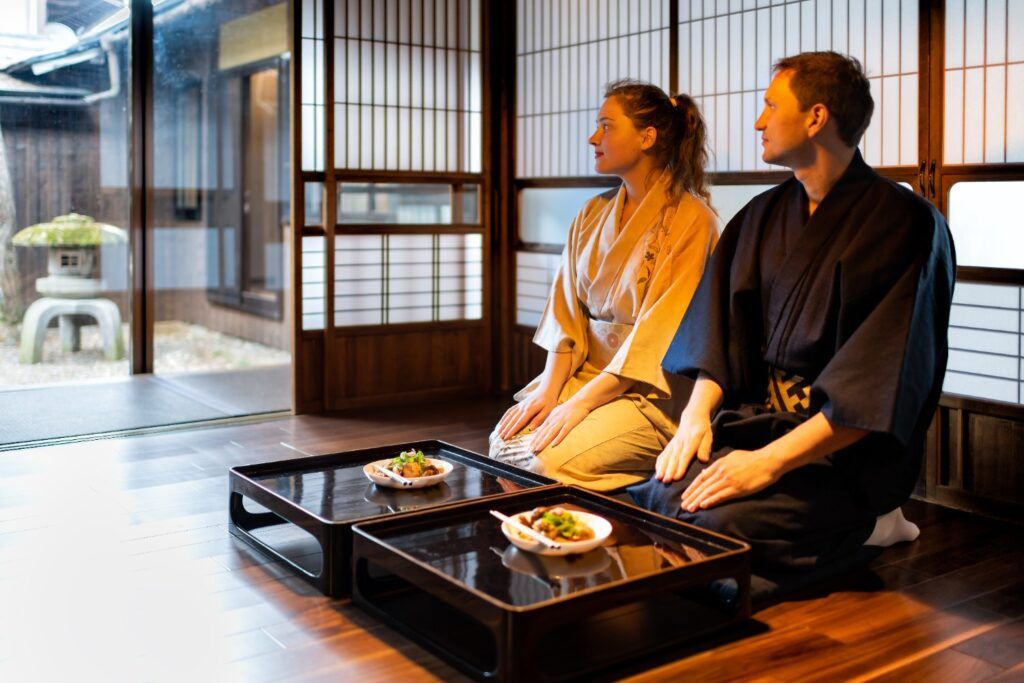
The best Onsen towns in Japan: unforgettable journeys of relaxation
It is often asked what the best onsen is. What many don’t realize is that it is not one single resort in particular. It is much rather one of the best onsen towns. These destinations each have unique delights for you to choose from.
- Hakone is visited to see Mount Fuji. It features luxury resorts that offer views of the volcano.
- Beppu, in Kyushu Island, is famous for its hellish steam vents. Visitors here can choose between mud, sand, water, and steam baths.
- Kinosaki Onsen, with its seven public baths, is the place to be if you’re interested in onsen-hopping. You can live the experience as the locals do with their own passes.
Most onsen towns are anchored by staying in a traditional staying in a traditional ryokan and surrounding attractions. Ryokan, or traditional inns, often provide the accommodation in these towns, and accompanying experiences. Find out more about these thermal destinations below. Where thermal baths and hospitality combine, tranquility and relaxation are certain.
Pro-tip: Stunning fall foliage from late September to early November in Kinosaki, and wintertime in Beppu, brings out the steamy best of the place.
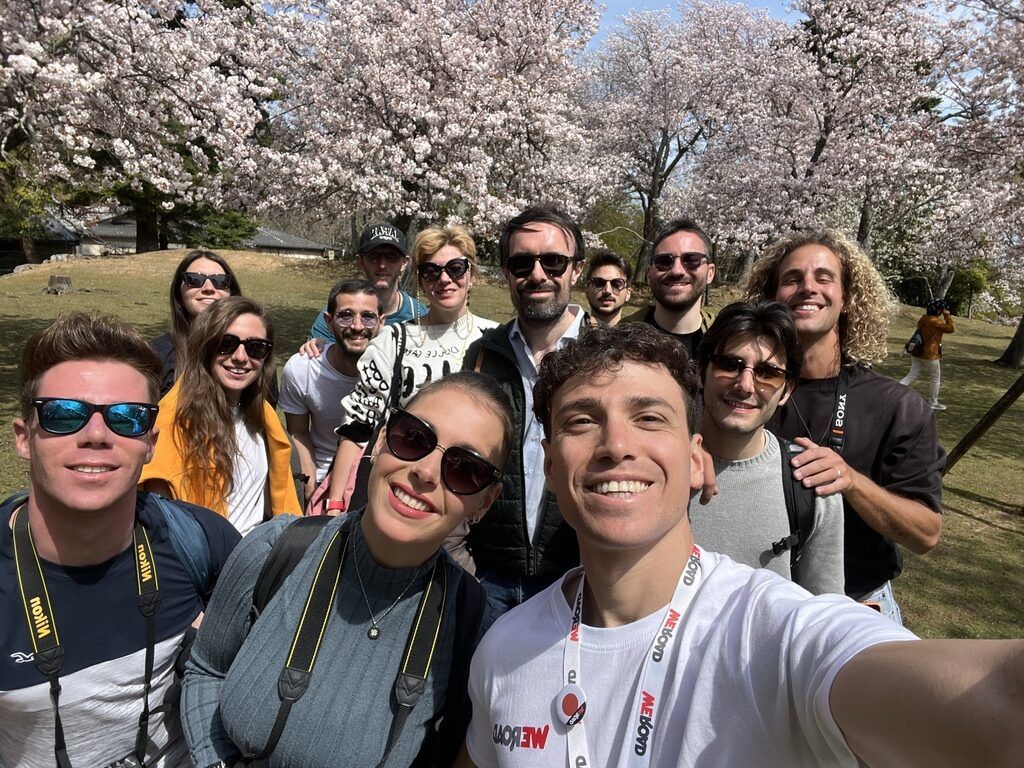
Ready to explore Japan’s Onsen? Your next adventure awaits
To visit an onsen is to seek a sublime union of nature, tradition, and relaxation. From woodland rotenburo tubs beneath the stars to luxe ryokan stays: these hot springs offer visitors an intimate connection to some of the oldest bathing traditions in the world.
Travel Japan in 360° on an organised group trip. For inspiration, you can check out our organized tours to Japan and choose the perfect blend of destinations and dates that suit you. Either way, the onsen will be as unforgettable as the scenery.

